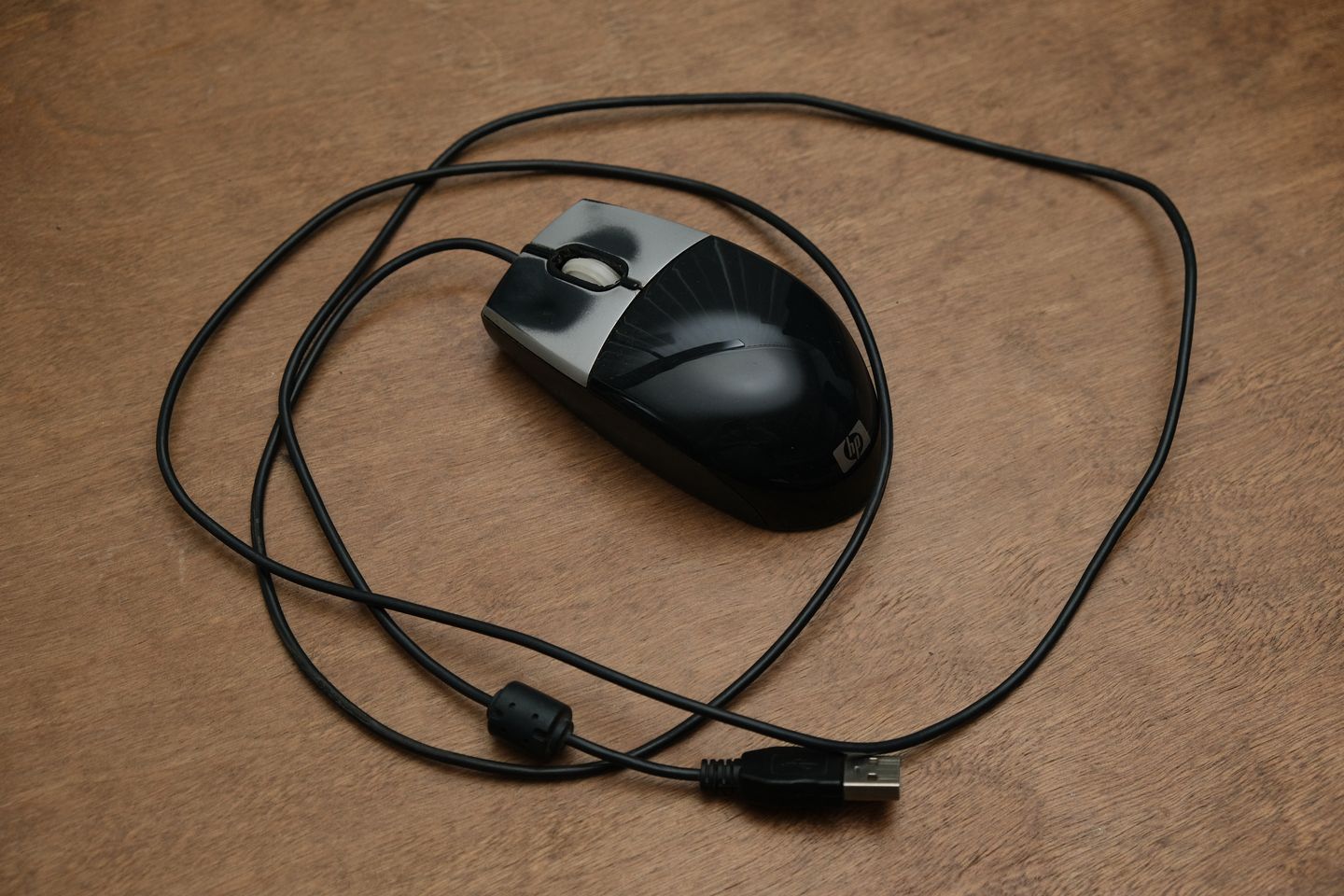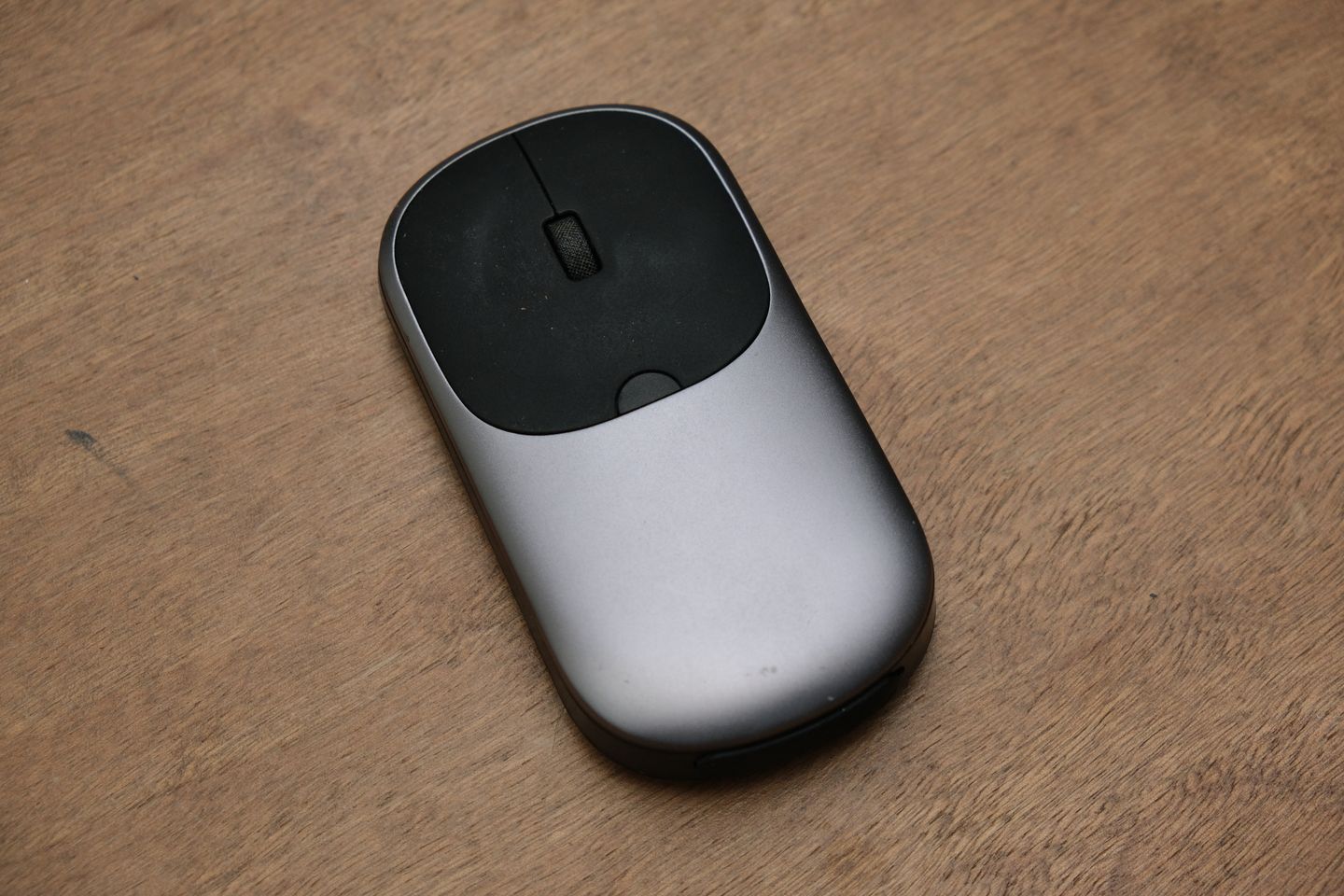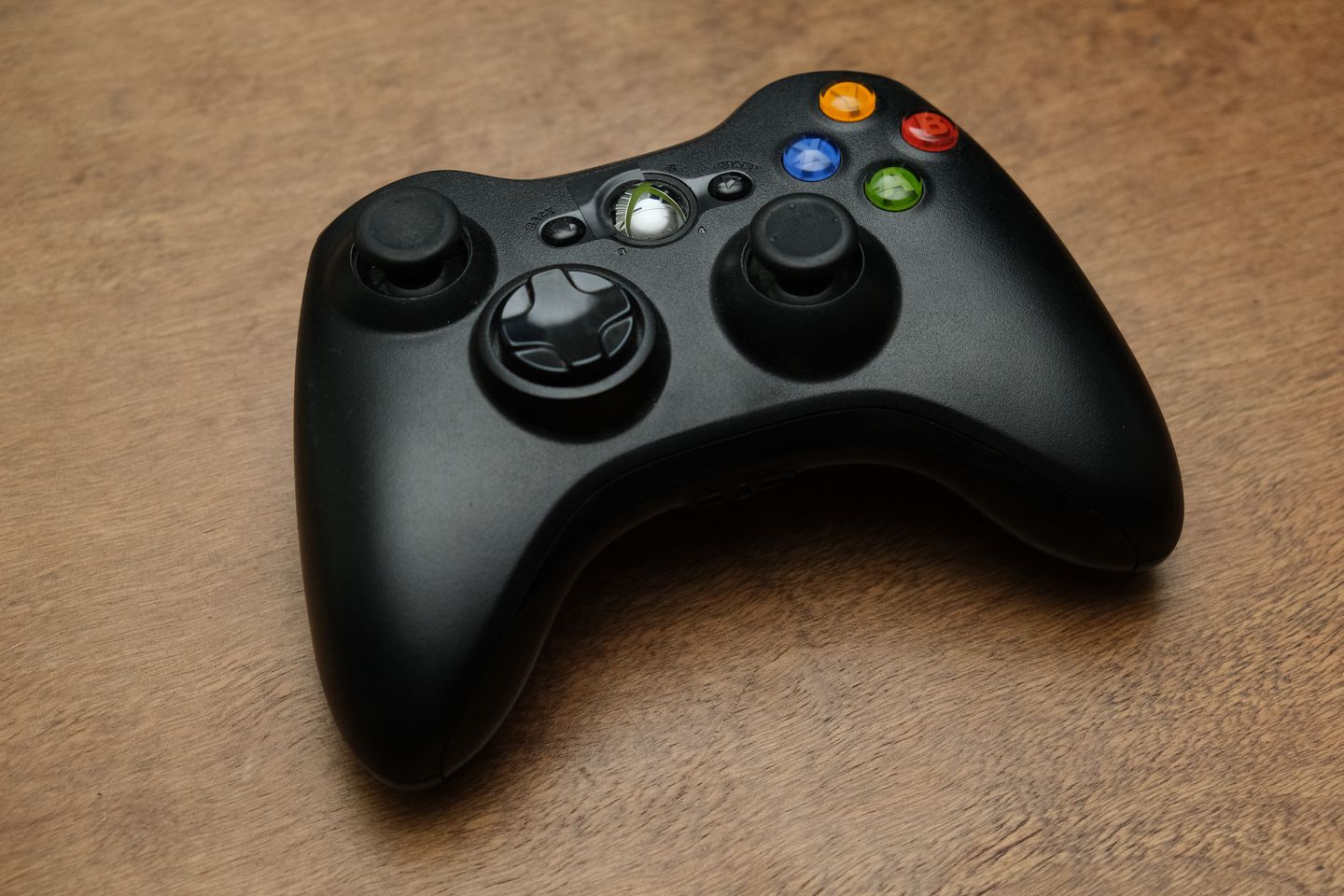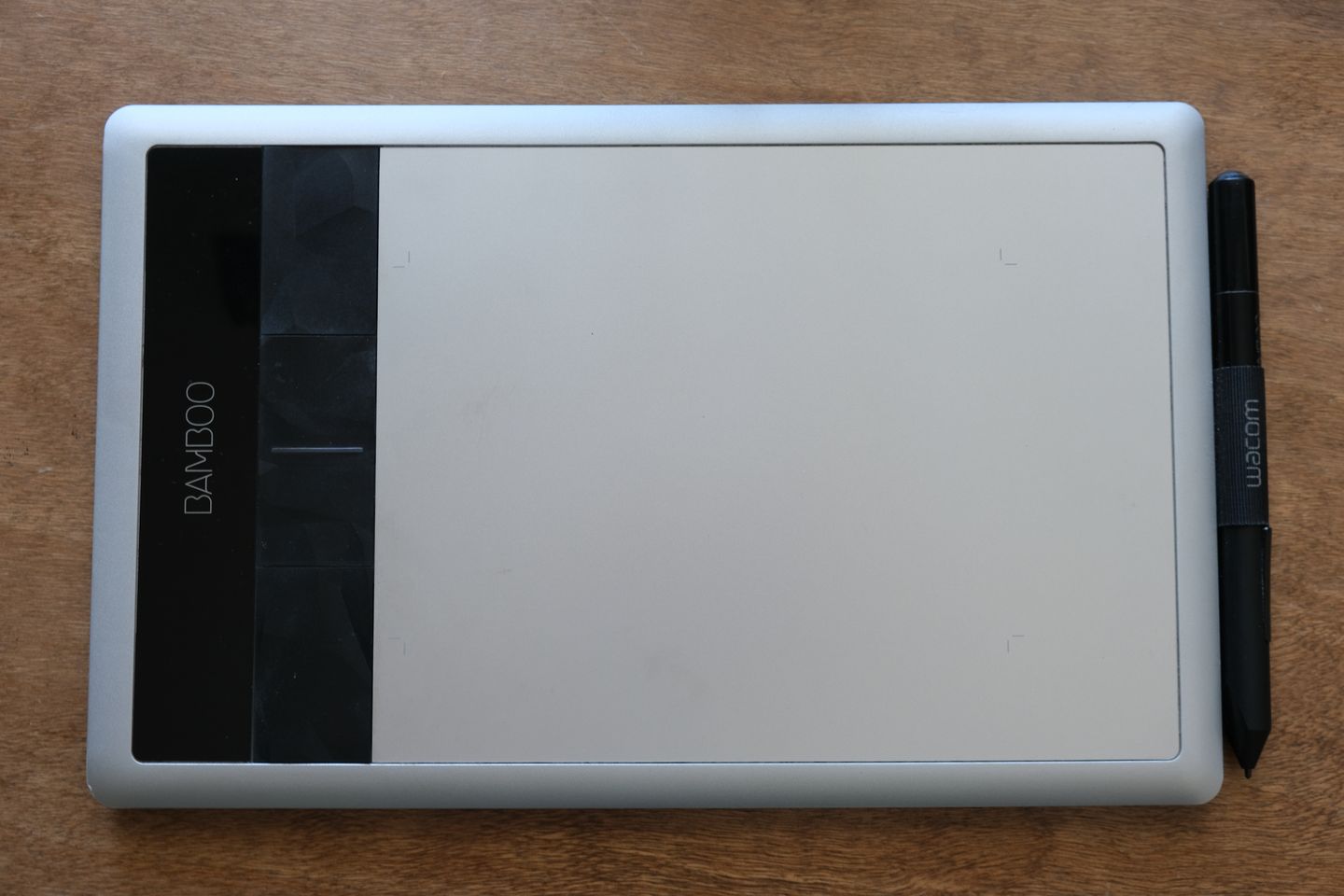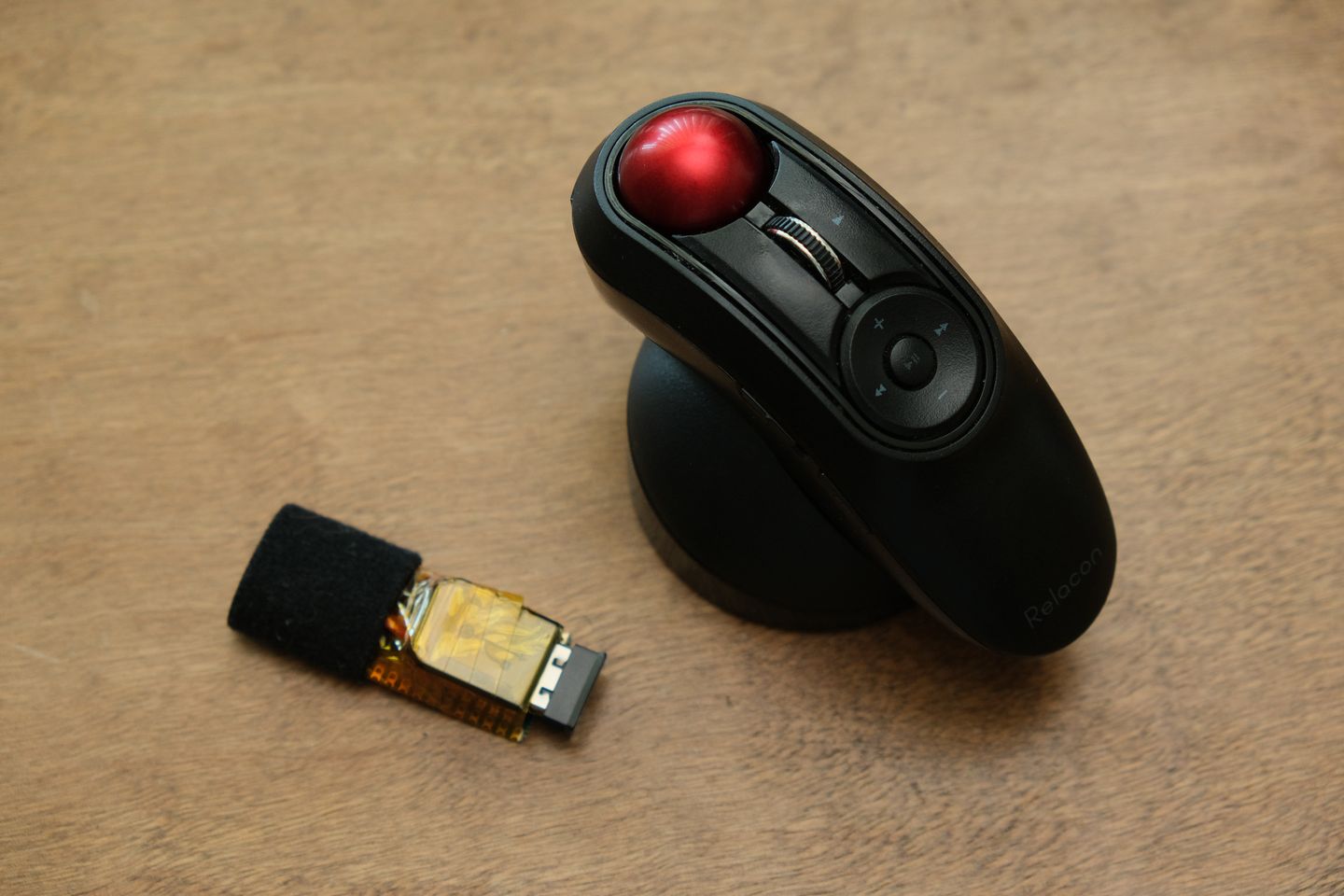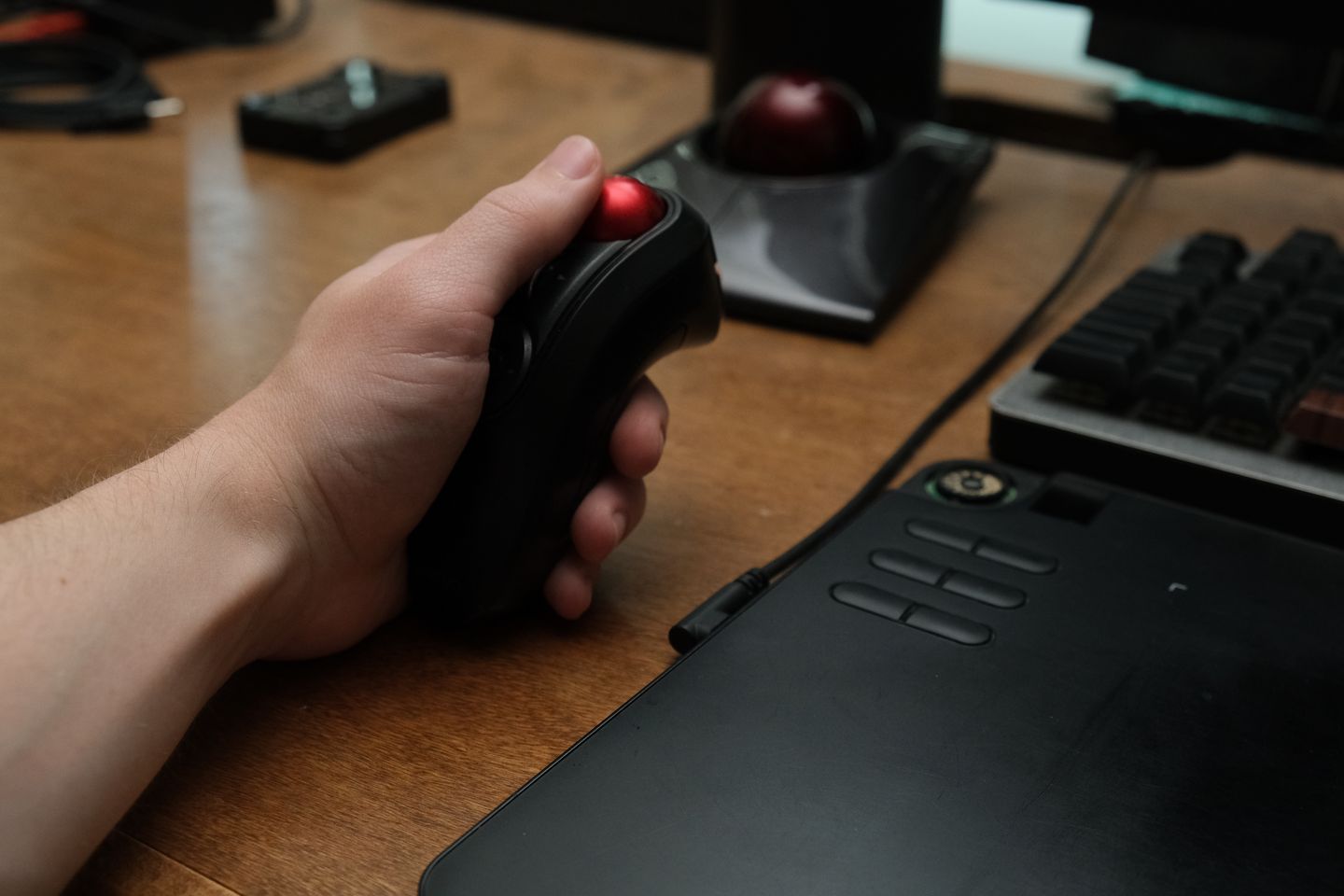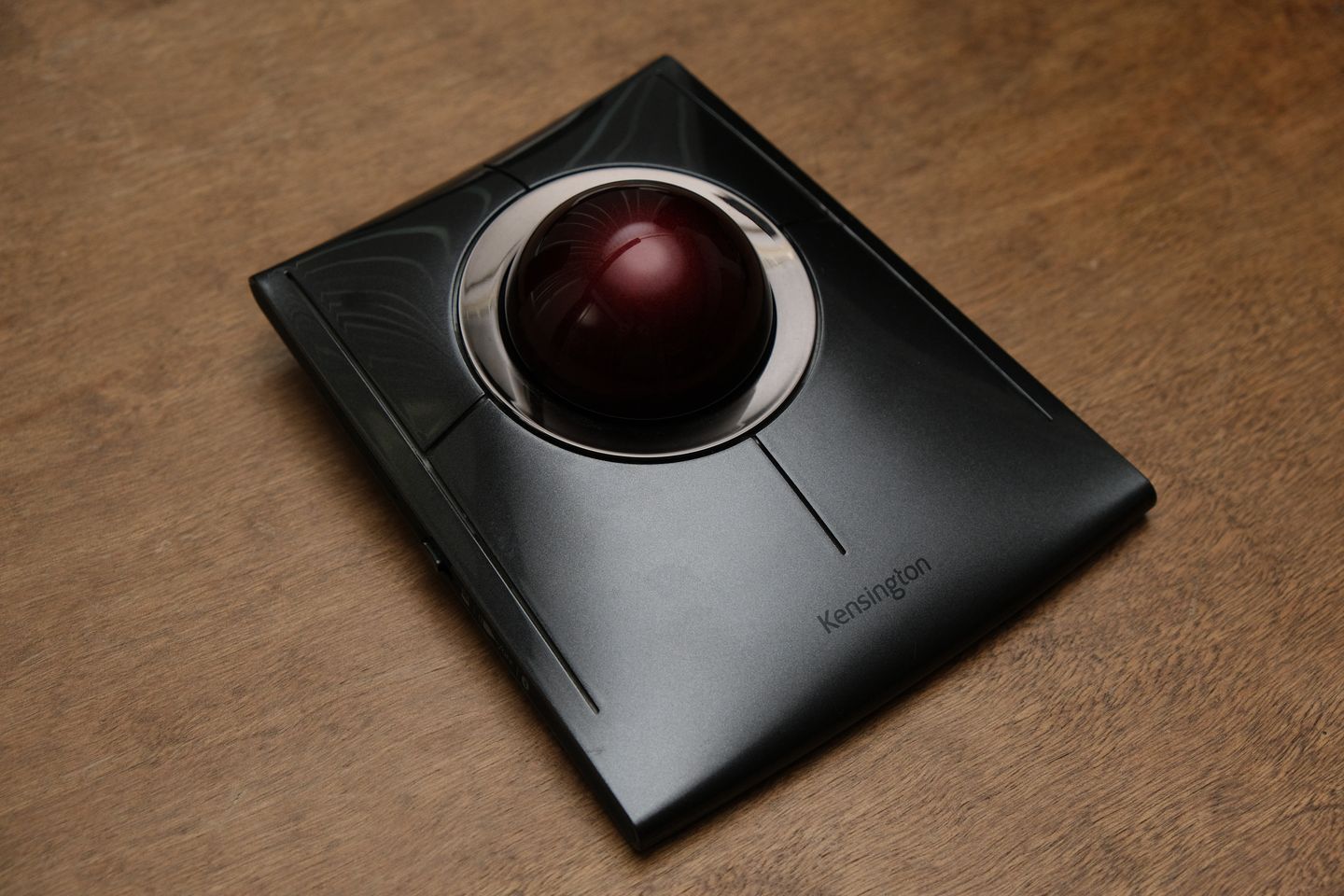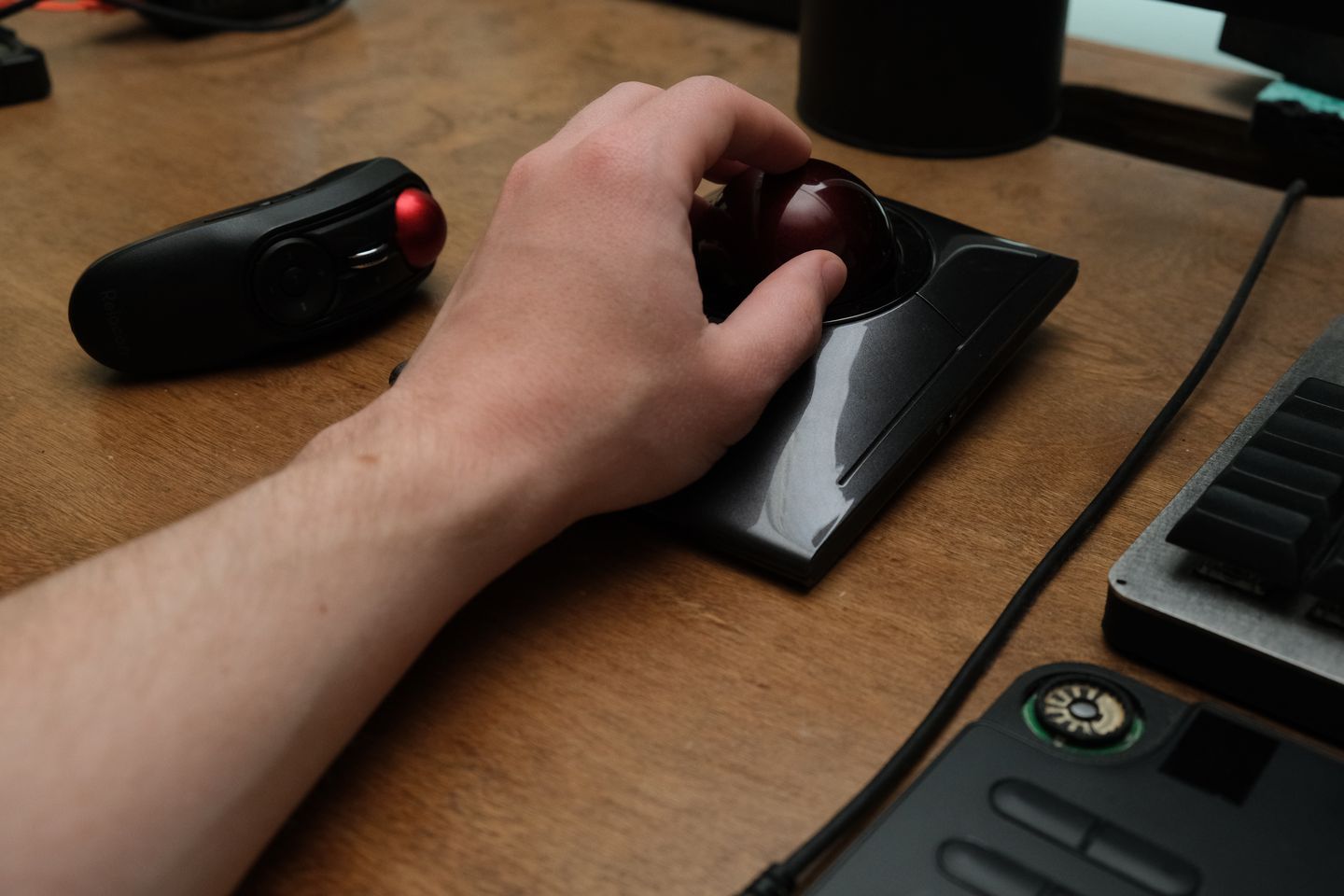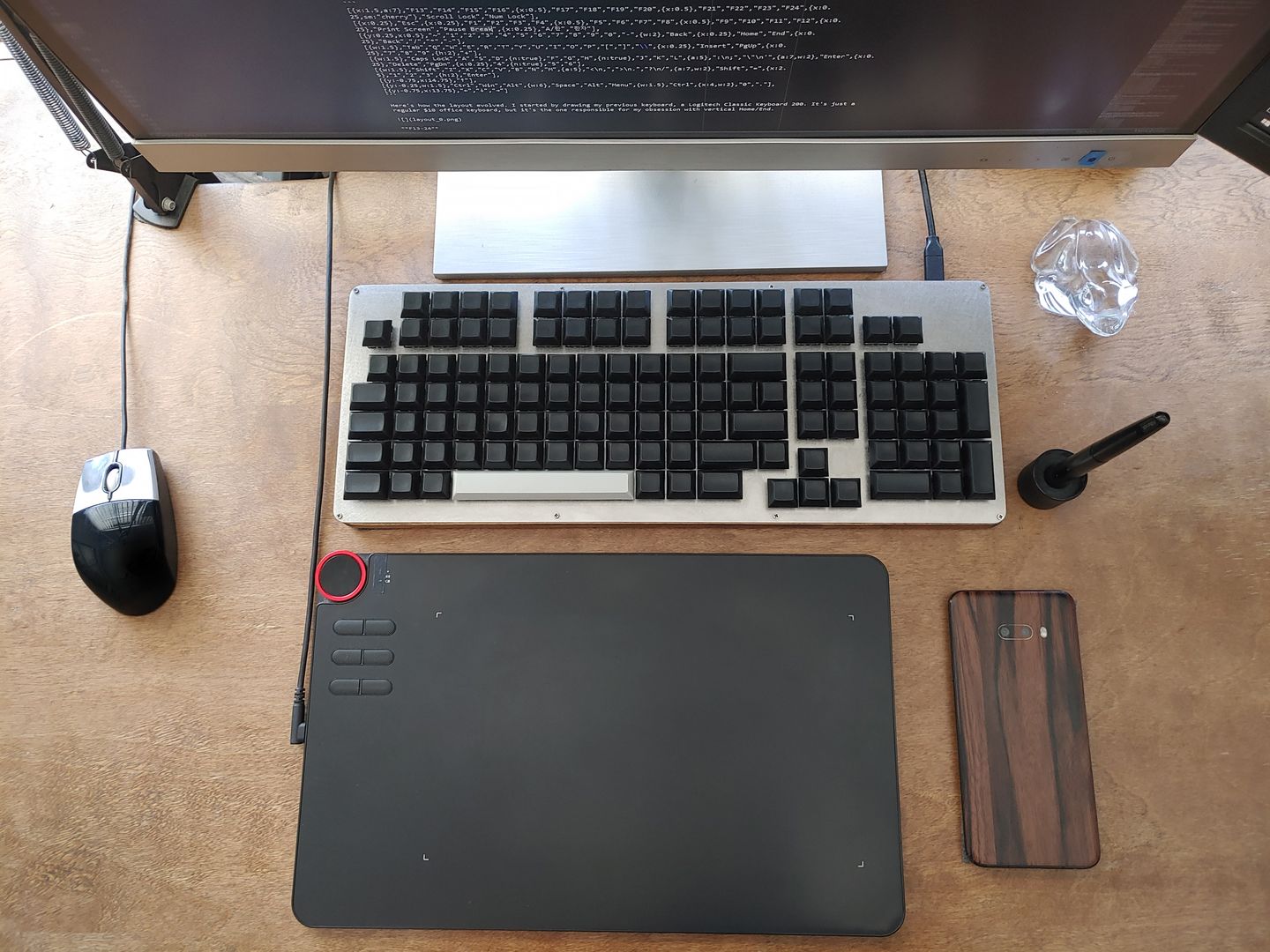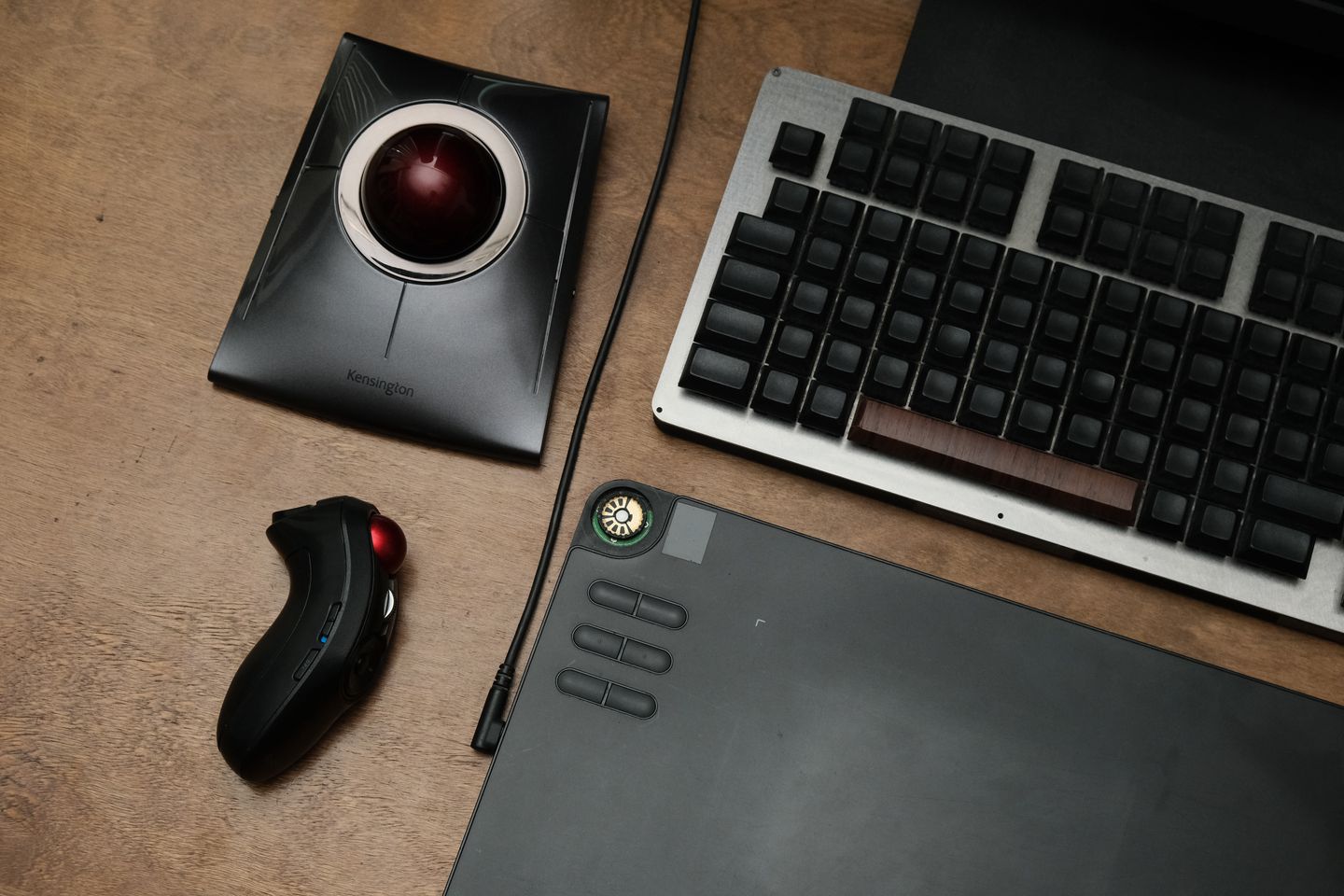Pointing devices
- Table of contents
- Introduction
- Mice
- Gamepad + JoyToKey
- Graphics tablets
- XP-Pen Deco 03
- Trackballs
- Dual-wielding
Introduction (§)
Here is a list of computer pointing devices I've used throughout my life. I'll try to keep this updated.
Why? I dunno. I feel like I have something to say and maybe it will encourage you to try something new. In the world of pointing device enthusiasts this would be a teeny tiny baby list, but in the ordinary world most people have never considered their options. Maybe this isn't very interesting, but maybe in ten years I'll be glad I kept track of it.
Writing this list has reminded me that it's important to take a picture of your room/environment/stuff every once in a while. You don't realize the incremental changes happening around you until they pile up. For the cost of a few kilobytes it's better to have it than not.
There is no single best way to organize this list because the timelines overlap, and when I want to tell you about using two devices in conjunction with each other, or the transition from one to the other, I'm not sure which section I should write that in. Let's see what happens.
If you have interesting suggestions of other form factors, you can send me an email. I've always been curious about the 3DConnexion SpaceMouse, for one.
Mice (§)
Microsoft Mobile Mouse 3000 (§)
ca. 2011-2016
~$30
Wireless, USB-A receiver, 1×AA battery
This was the first mouse I bought for myself when I bought my own laptop and stopped using the shared family computer. It always worked great and the size fit my hand well.
I had to stop using it because the rubber grip coating on the left and right sides, and to some extent the scroll wheel, was degrading into a sticky mess. This process is sometimes called rubber reversion. RIP.
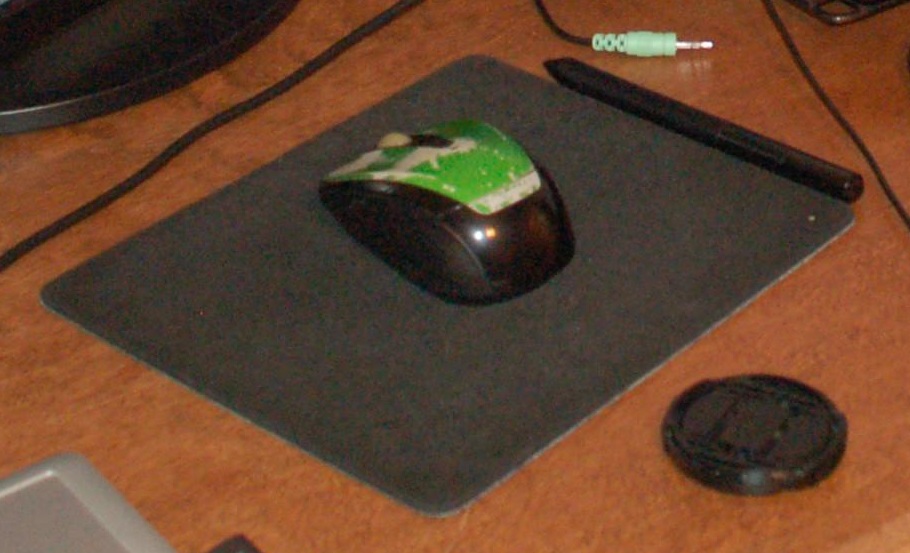
HP M859PU (§)
2016-2021
$0
Wired, captive USB-A
This was already in our house somewhere, so I started using it after tossing the Microsoft mouse. It's not special.
The scroll wheel on this mouse also succumbed to rubber reversion, so I just tore it off, leaving only the plastic bone beneath. I thought this would make it uncomfortable to use, but surprisingly it was fine, though ugly.
This still works and there's nothing wrong with it, but after I got the Vogek mouse for free I wanted to use a wireless mouse again.
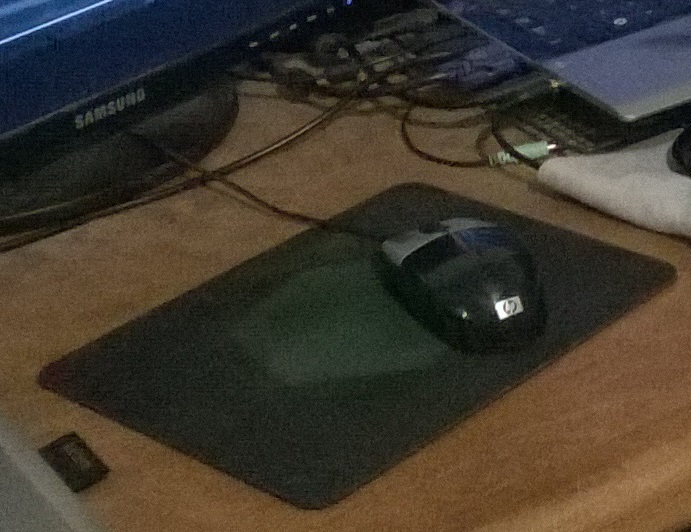
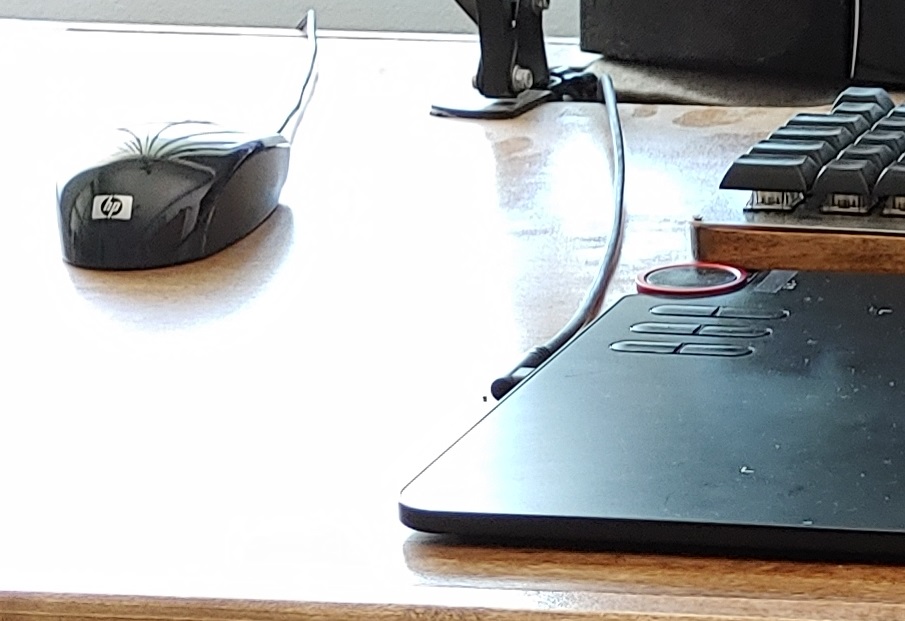
Vogek VKM42 (§)
2021-2022
$0
Wireless, USB-A receiver, internal battery, USB Micro-B charging
I got this for free in a box of electronics someone handed off to me. You've never heard of this brand because it's cheap junk. It is not very ergonomically pleasant, and I only used it for a few months. Not noteworthy.
Instead of switching back to the HP wired mouse, I decided to stop using a mouse at all, and just use my tablet as my sole pointing device at home for about a year.
I replaced the Micro-B charging port with a USB-C port and wrote an article showing that process. That article is not very impressive and sometimes I think about deleting it. But now that I'm linking to it I'm a little more obligated to keep it.
Gamepad + JoyToKey (§)
This is something I only did a few times, so I can't say it's a full mouse replacement. But sometimes I'd play a game and then wonder if I could keep using the controller for ordinary computer tasks. JoyToKey is a program that lets you do that. You can also use it to play PC games that don't have gamepad support.
With so many buttons to bind and actual analog controls... it's worth a try?
Graphics tablets (§)
Wacom Bamboo (§)
2014-2018
Wired/Wireless, USB Micro-B, internal battery
My dad gave / long-term-lent this to me. He used it for photo editing, but I found that I really enjoyed using it as a general-purpose pointing device. I would seriously encourage anyone who wants to mix up their pointing devices to try a graphics tablet. The pencil-grip posture is intuitive and comfortable for the hand.
If you want to use a tablet you'll probably have to install the manufacturer's driver software. This is always a downside for me. I thought there was no HID standard for digitizer devices — maybe there is but I don't think you can rely on plug-and-play compatibility in this market.
The pen has a rocker button on the side that can do right-click and middle-click. The middle-click is important for scrolling on webpages.
I had to stop using this because it started having issues either not registering clicks or else registering a single click as two. It got to the point where it was too difficult to use and I had to replace it, though we didn't throw it away.
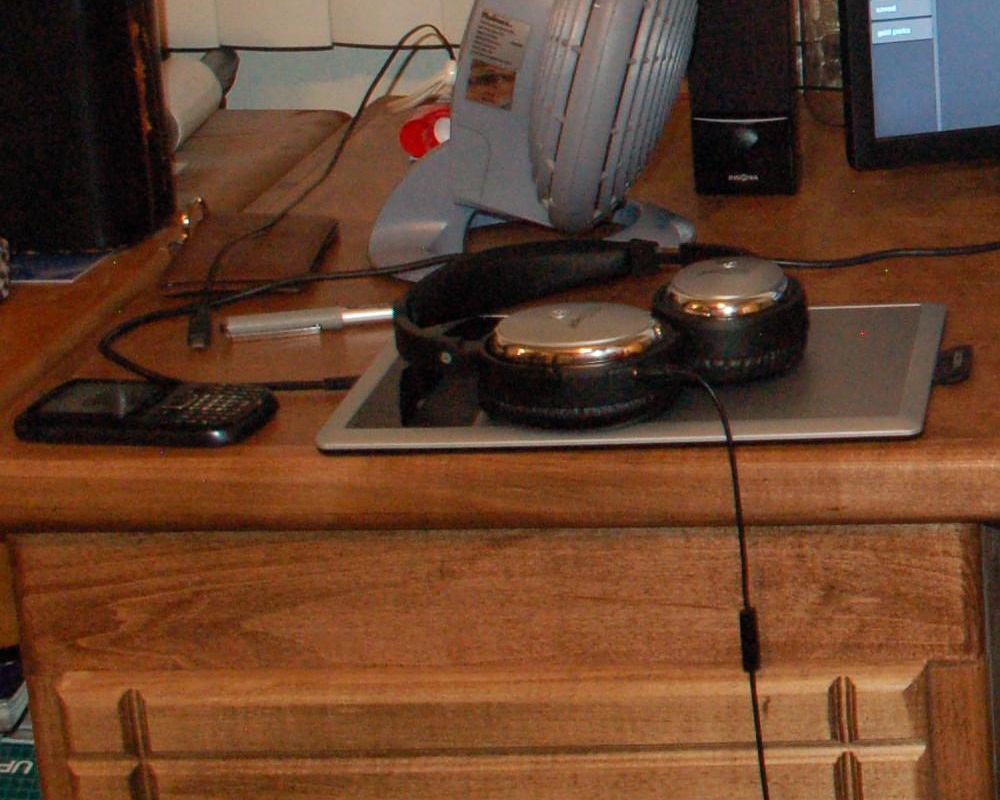
XP-Pen Deco 03 (§)
2018-present
$100
Wired/Wireless, USB-C, internal battery
I bought this tablet to replace the Wacom. I really like that it has an integrated scroll wheel, which most of the time is more comfortable to use than the pen's middle-click. It has served me well for almost 6 years now and continues to function just fine, except that I broke the scroll wheel a few months ago in early 2024. I don't see any actually broken pieces of plastic, and I tried hard to put the scroll wheel back together but I just couldn't get it to work again. For several weeks my muscle memory had me reaching up to the corner of the tablet to scroll, only to be disheartened by its absence. Now, the Kensington has picked up the slack here.
I broke the scroll wheel by opening up the tablet. The reason for that is I started to hear a high-pitched whine coming from a spot just below the buttons on the left side. It was subtle but annoying enough that I had to do away with it. I didn't take any pictures of the offending part and I don't want to open the tablet again to remember what it was — I do remember expecting to see an obvious transformer coil and it was not as obvious as I hoped. I put down a glob of RTV silicone on the board hoping to dampen the sound and put it back together. I don't hear the whine any more, so I guess it's ok but I'd rather chalk it up to luck than say I fixed it.
The pen came with 8 nibs and I'm still using my first one.
I have two monitors on my computer, and the tablet spans both of them. You may think the tablet space needs to be mapped to only one monitor, but after getting acclimated it's perfectly comfortable to use across both. However I imagine that with more monitors it would start to feel a bit cramped.
At one point, I thought it was malfunctioning because the cursor would jitter uncontrollably about once per second when I held the pen near the tablet. I even emailed their support back and forth a few times. Embarrassingly, it turned out this was caused by a wireless Qi charger I had put on my desk to charge my phone. Apparently Qi chargers send out a regular pulse while idle so they can detect when you set your device on top of it. This electromagnetic pulse interferred with the pen tablet.
Sometimes I look at other graphics tablets on the market to see what's new these days, but this one's working fine and I don't have any need to replace it.
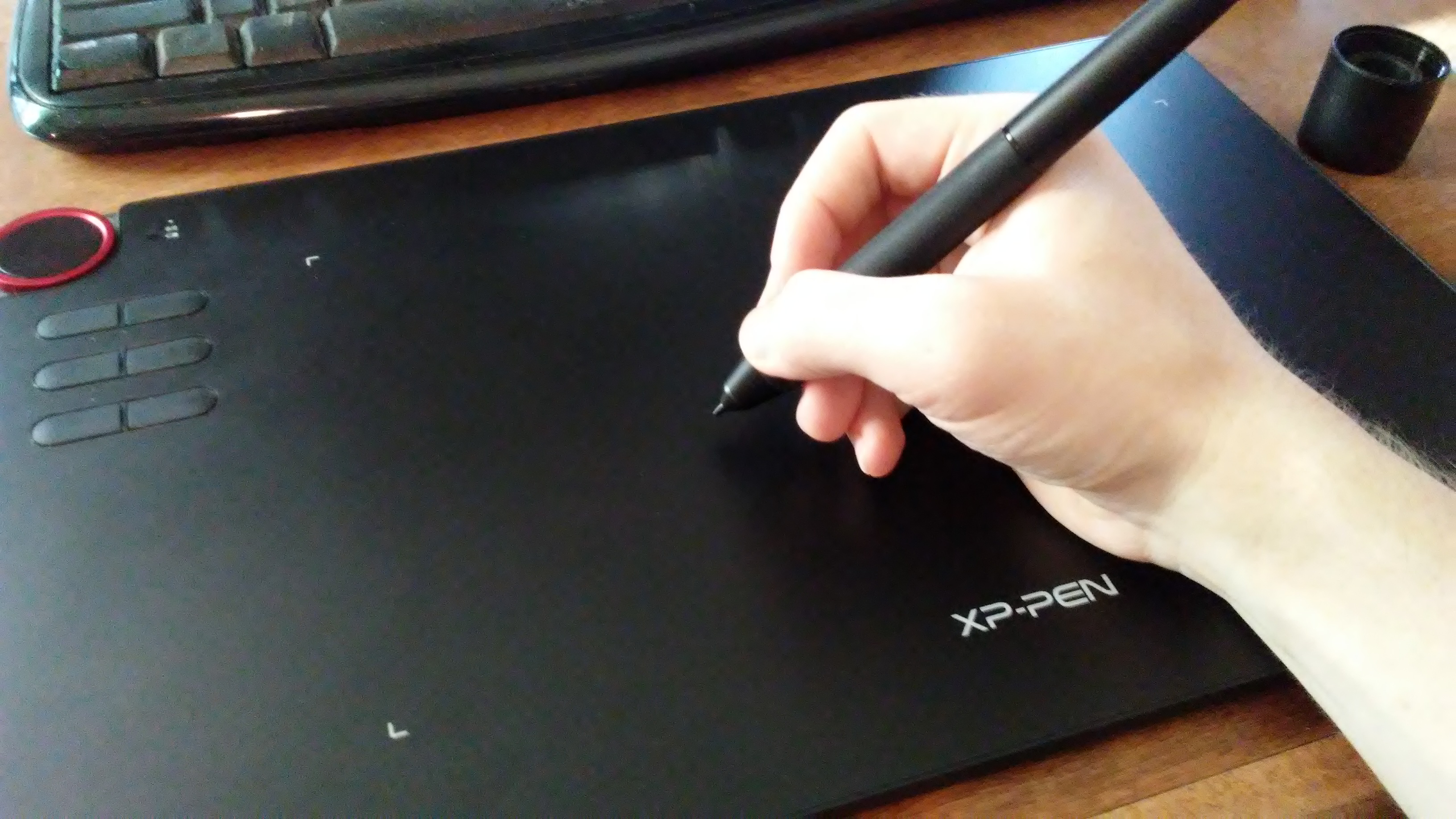
Trackballs (§)
Elecom Relacon (§)
2022-present
$60×2
Wireless, USB-A receiver, 2×AAA battery
I have two Relacons now; one at work and one at home.
I bought the first one specifically to use at work. I was issued a company laptop but no mouse, and I decided I wanted to research and buy my own instead of asking the IT department for whatever was on hand. Initially I was looking at ordinary wireless mice, but I fell into the /r/trackballs rabbit hole and discovered this very unique option from Elecom and decided to give it a try.
Overall I am very satisfied with this device. Here are the main benefits:
- Ambidextrous — almost all trackball mice are for right-handed use only.
- Lots of buttons — I'm able to do a lot of common tasks without touching the keyboard at all.
- Handheld — you don't need to keep your arm/wrist on the desk. You can hold it on your lap, at your sides, lean back, or stand up and stretch.
Most of the time, I do keep my arm on the desk while using this, but the natural posture keeps the thumb upward, which is similar to vertical ergonomic mice and is generally considered better than the palm-down posture.
The Relacon works as a HID device out of the box, but the media controls are not useful to me. Elecom offers their own driver software to remap them, which I tried for a few weeks, but I did not enjoy it. Their software was clunky and didn't offer all the customization I was looking for, especially ball-scrolling.
I found this fantastic project called HID Remapper which you install on a Raspberry Pi Pico and plug the receiver into. The Pi intercepts the controls before they reach the computer and translates them to something else. The downside of this is you have a dongle hanging out of your computer instead of just the little receiver, but the upside is that you don't need any driver software. You can plug your HID Remapper into any computer and bring all your customization with you, as it appears as just an ordinary HID device to the PC.
Here is my configuration file: hidremapper relacon.json
- Big left arrow = ctrl+pageup to change tabs
- Big right arrow = ctlr+pagedown to change tabs
- Media up = ctrl+alt+tab to change applications
- Media left = Browser back navigation
- Media down = ctrl+w to close tabs
- Media right = ball becomes a scroll wheel
- Media center = Enter/Return, mainly used to confirm alt-tab application
I bought the second Relacon about 16 months later to keep at home. This was after I had tried the Kensington and found it too painful to use. I looked at lots of other trackball options, but there are so few ambidextrous/left-handed trackballs that I felt I was better off getting another of these.
Kensington Slimblade Pro (§)
2023-present
$110
Wireless, USB-A receiver, internal battery, USB-C charging
From 2022 to 2023, after retiring the Vogek, I used the XP-Pen as my sole pointing device at home. At this point I don't play any video games, and for all my other computing tasks the tablet alone is perfectly fine. However, after a year of this, I was starting to experience pain in my right wrist. I knew that I needed to bring back something on the left to balance out my usage. Since I liked using the Relacon at work, I spent more time looking at other trackballs.
Almost all trackballs on the market are shaped for right-hand use only. Since I use my left hand for the mouse, they are all automatically disqualified, unfortunately. I'd like to try another Elecom model, but the ones that interest me are not available in lefty.
That leaves the category of ambidextrous trackballs with the ball in the center. One of the most famous of these is the Logitech Trackman Marble which, shockingly, offers no means of scrolling, so that's disqualified for me. I came very close to buying an X-Keys L-Trac but I just don't have enough confidence in that arrangement of the scrollwheel and middle button.
I looked at lots and lots of options and finally decided to try the Kensington Slimblade. I was concerned about the ergonomics of the upward angle this puts the palm, but it seemed like the least-worst compared to all the other ones I considered. The scrolling mechanism is unique — you rotate the ball around the Z axis and the optical sensors detect this as a scroll motion; this turns out to be very intuitive and comfortable to do.
Unfortunately, the ergonomics turned out to be a big problem and I found the Slimblade to be outright painful to use after giving it a few weeks of genuine attempts to enjoy it. Overall I do not recommend buying this. Some people have used 3D-printed parts or blocks of wood to adjust the angle of the Slimblade and thus the wrist posture. I didn't do that, but I tried a pad/rest to help elevate the wrist and bring the palm to a flatter angle with respect to the mouse, but this wasn't worth it.
For some reason I am the kind of person that doesn't like to return anything, ever, so I put the Kensington back in its box and shelved it for a few months. Then the scroll wheel on my XP-Pen broke and I thought hey, I'll bring it back even if only to use it as a scroller. This is working well for me and sometimes I'll use the Kensington for a few minutes of normal work. It's just not good enough to use it on its own for a long time.
Kensington also offers a driver software to remap the buttons, but since I don't like installing more drivers I'm not using that.
Dual-wielding (§)
Ever since I started using graphics tablets, I've enjoyed keeping multiple pointing devices on my desk at the same time: a mouse for the left hand and a pen for the right. Each is better suited to different tasks. I highly recommend keeping multiple devices in rotation so you can use whatever is most comfortable for the task and reduce the chance of RSI.
An ordinary mouse is best for playing first-person games. A tablet is best for drawing, photo editing, or openstreetmapping. A trackball can be more comfortable and ergonomically healthy if you get one that's right for you.
Contact me: writing@voussoir.net
If you would like to subscribe for more, add this to your RSS reader: https://voussoir.net/writing/writing.atom
